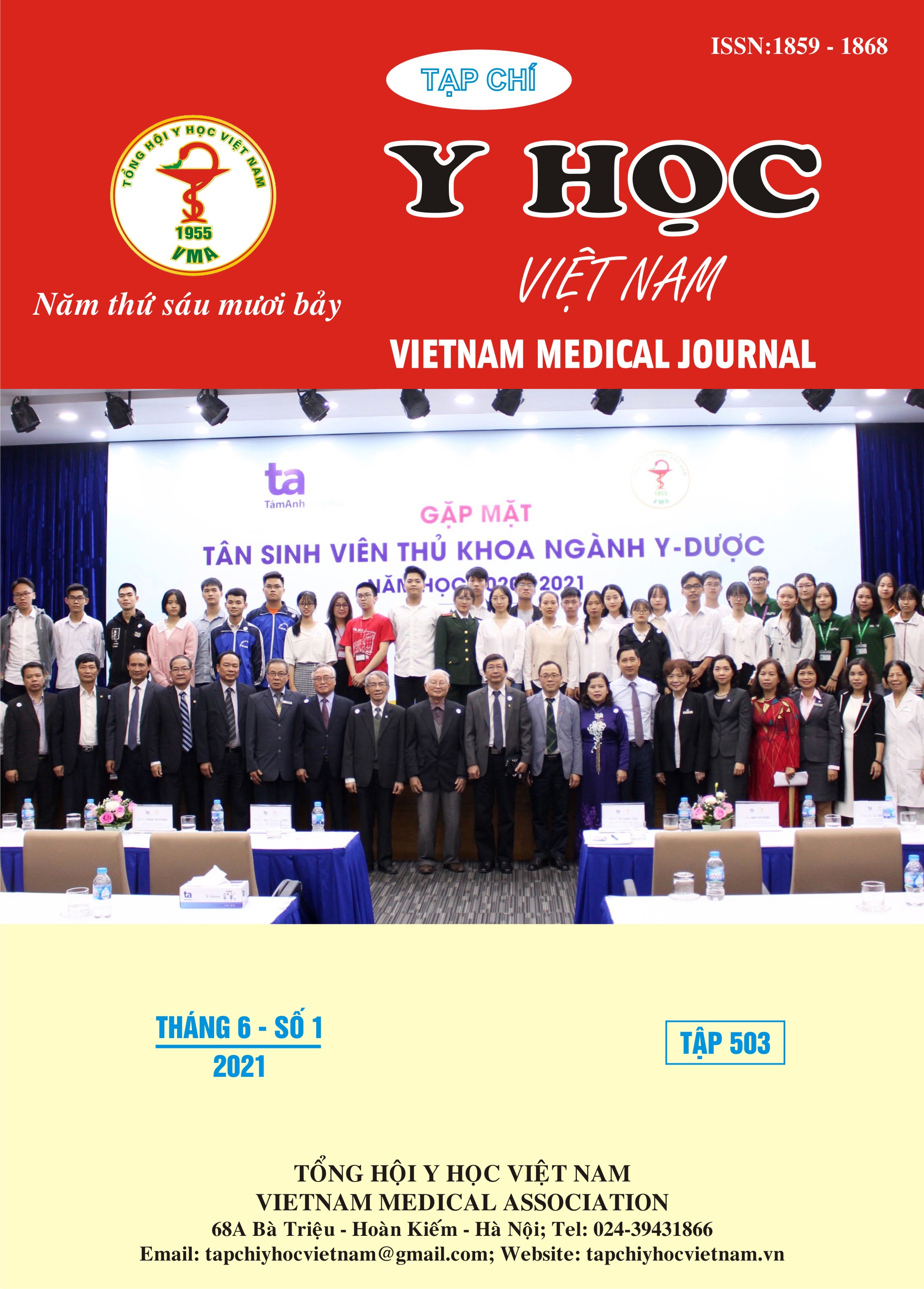FACTORS RELATED TO PRACTICE TOWARD OCCUPATIONAL HEPATITIS B PREVENTIONOF CLINICAL NURSES IN NGUYEN DINH CHIEU HOSPITAL, 2018
Main Article Content
Abstract
Occupational hepatitis B is one of the most common occupational risks for health workers, especially nurses as they regularly exposed to blood and other contaminants from patients. This study aimed to investigate factors related to prevention practice among clinical nurses at Nguyen Dinh Chieu, Ben Tre. The cross sectional study using quantitative and qualitative methods was implemented from April to August 2018. 420 nurses completed self administered questionnaire. 3 indept interviews and one focus group discussion was also conducted. Results show that 89.5% of nurses had adequate practices on prevention of occupational hepatitis B. Nurses with inadequate knowledge about the disease were 2.3 more likely practice inadequately compared to the others. Nurses with inadequate knowledge on prevention were 2.3 more likely practice inadequately compared to the others.The differences were statistically significant. It was recommended that the hospital board should strengthen knowledge on hepatitis B as well as on how to prevent the disease. Supervision should also be implemented.
Article Details
Keywords
Hepatitis B, occupational disease, factor, nurse, hospital
References
2. Bộ Y tế (2016), Quy định về bệnh nghề nghiệp được hưởng bảo hiểm xã hội, Thông tư số 15/2016/TT-BYT ngày 15/5/2016"
3. Vũ Bằng (2015), Bệnh viêm g an vi rút nghề nghiệp, website:// moh.gov.vn/ pcbenhnghenghiep/ pages/ tintuc.aspx? CateID = 9&ItemID =848, truy cập ngày 18/01/2018"
4.WHO (2010), The best practices for injections and related procedures toolkit, March 2010, Geneva
5. Pruss Rapitil E Ustun A, Hutin Y (2003), Introduction and methods: asessing the envvironment burden of disease at national and local level, Geneva, WHO.
6. WHO (2010), The best practices for injections and related procedures toolkit, March 2010, Geneva
7. WHO (2003), Injection Safety, http:www.WHO.int/injection_safety/en".
WHO (2003), Injection Safety, http:www.WHO.int/injection_safety/en".
8. Khúc Xuyền (1999), Điều tra cơ bản thực trạng sức khỏe người lao động tiếp xúc với vi sinh vật nguy hiểm (vi rút viêm gan B), Đề tài Khoa học Công nghệ cấp Bộ, 1999"
9. Nguyễn Quang Tập và Phạm Trung Kiên (2007), Xác định tỷ lệ nhiễm vi rút viêm gan B, HBsAg, Anti-HBS, HbeAg của cán bộ y tế tại một số bệnh viện Thành phố Hải Phòng, Tạp chí Y học Thực hành số 12/2007, tr. 32-35


